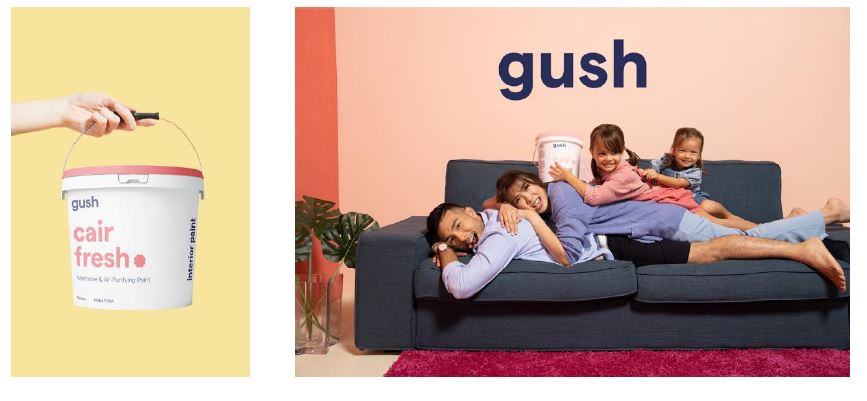The Bio-factory Lab, in the Department of Microbiology, KMUTT, led by Dr.Nujarin Jongruja, is a platform for designing and synthesis of functional enzymes and peptides. This lab is able to produce functional, high performance and affordable Eco-friendly products such as antibacterial peptides (replacing antibiotics and preservative) applicable for customized animal and human needs. This lab has also developed cost effective processes for extracting peptides/protein from chicken feathers and other bio-waste. (more…)
Category: Products
Green Bio-Based Materials from Agricultural Waste for a Circular Economy
The Integrated Biorefinery Laboratory (IBL) in KMUTT has developed energy efficient pre-treatment & fractionation processes with recoverable solvents and chemicals that improve the biomass digestibility and separation of biomass constituents including Microcrystalline Cellulose (MCC), Xylitol, Vanillin and more. IBL’s proprietary technology enables lower cost production of high value-added biomaterials/biochemicals with high purity for Pharmaceutical, Cosmetic, and Food additives applications. (more…)
cair fresh, A Washable Paint That Also Cleans the Air
Singapore-based start-up gush, an innovator of sustainable paints and advanced building materials has launched its new series of washable paints, cair fresh. In addition, gush is rebranding to a new slogan, “Clean Air In Your Favourite Colours”.
Founded in Mid-2017 and recently raising $3m SGD in their pre-Series A round, gush is known for its flagship product, cair interior paint, which provides an all-round solution for a safer and healthier indoor environment. The cair fresh series is reformulated for easy removal of dirt and stains, while still enjoying cair’s air-purifying benefits.
For walls prone to surface marks and grime, whether it’s from high activity environments or the bustle of the day-to-day. cair fresh’s washable feature offers fuss-free maintenance, so surfaces are always kept fresh and looking their best.



